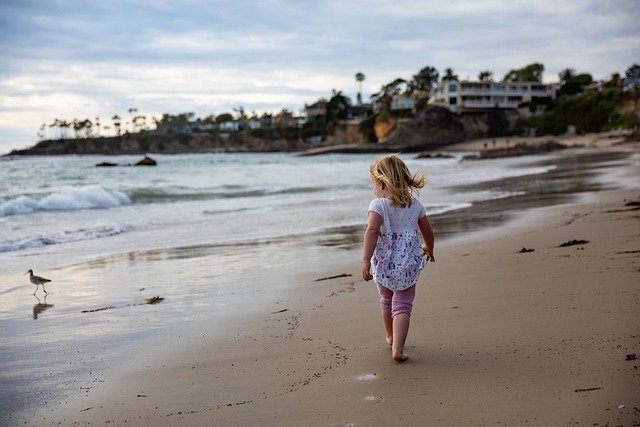- Home
- Avoiding Danger
- Autism Wandering
- Autism Wandering page 2
Autism Wandering Prevention Part II:
Final Steps to Take
Autism wandering prevention is critical for parents, teachers, and therapists. The consequences for not preparing could be devastating.
As they say, we should expect the best, but prepare for the worst. Let this be a gentle reminder to us all to review these tips and keep our kids safe.
This is part 2 of Autism Wandering Prevention. If you haven't read the first part, you can find that here.
The following are eight more precautions we should consider taking to keep our kids safe.

Autism Wandering Prevention: Further Precautions
6. Consider whether a personal tracking device might be right for your child.
There are various types, ranging from small units placed in your child’s backpack or a wristband your child wears which allows parents to monitor their child’s location.
Some units are even waterproof. Other more expensive types allow local rescue personnel to monitor and track the child.
The parent-monitored units can have a range from 300 feet to 1 mile. Units monitored by rescue personnel can have a range of 5-7 miles from the air.

7. Think about whether an ID bracelet or ID card would work for your child.
The Autism Society recommends that parents consider some type of identification for children with autism in case they wander or become lost.
This type of bracelet or card would alert anyone who encounters them that they have autism, that they may not be verbally responsive, and any other details about them that are important. Include your name, address and phone number.
I know for a fact that my son would never keep a bracelet on or carry a card without losing it, but some children would.
One alternative to the ID bracelet or card is the engraved ID shoe tag that the National Autism Association offers in their Big Red Safety Box. More on this later.
8. If they can write and/or speak, teach them to write and say their name, address, phone number and parents' names.
It’s probably a good idea to have them learn to type the information as well. That way they'll be ready to provide this vital information in any form to local authorities.
If they don’t have an ID bracelet on, knowing their personal information could be crucial.
9. If you have a choice of where to live, try to stay away from busy roads and bodies of water.
When we bought our condo 17 years ago, I had a choice between one that was right next to the freeway and another that was further from the busy road. I knew that although my son had never wandered before, it could happen someday. So the one furthest from the freeway was the obvious choice.
10. If you are looking for housing, consider sticking with a one-level home.
It would make sense to eliminate the possibility that your child might escape from a window or balcony and fall from a second or third story.
11. Teach your child to swim.
91% of children with autism under the age of 14 who wandered from their homes were victims of drowning. These sobering statistics make it imperative that we teach our children to swim. Some YMCA locations offer swimming lessons for special needs children. Check this list to find a location near you.
12. Understand that Obsessive Compulsive Disorder (OCD) may be at the root of a child's tendency to bolt.
Many children with autism also have OCD. Children with OCD are often terrified and tormented with temptations to do the very thing that they don't want to do.
I know it's hard to imagine being tempted to do something they're actually terrified of doing, but that's the nature of OCD. It's unlike any temptation most of us have ever faced.
While those with OCD who aren’t autistic usually won’t give in to a dangerous temptation, some autistic children might. It's important to understand that they really don’t want to run away.
Taking precautions such as installing double cylinder deadbolts (pictured on the first page of this article) will give children a sense of security and relief that they are protected from their own dangerous temptations.
One Final Step: Apply For a Free Big Red Safety Box
Remember, even if your child has never had a problem with wandering, this could become an issue next month or next year. There is a first time for everything.
Because autism wandering prevention is so critical, the National Autism Association is offering free Big Red Safety Boxes for parents. These boxes have many valuable resources, including two wireless door alarms, an engraved ID shoe tag, a caregiver checklist, a family wandering emergency plan, and much more. Click here to apply for your Big Red Safety Box.
Better to have safety protections in place and not need them than to have a tragedy happen and live with the regret that we did not take steps to prevent it.
If we take these precautions, we’ll not only prevent tragedies from occurring, but also give ourselves peace of mind knowing our kids are safe.
1 | 2



New! Comments
Have your say about what you just read! Leave me a comment in the box below.